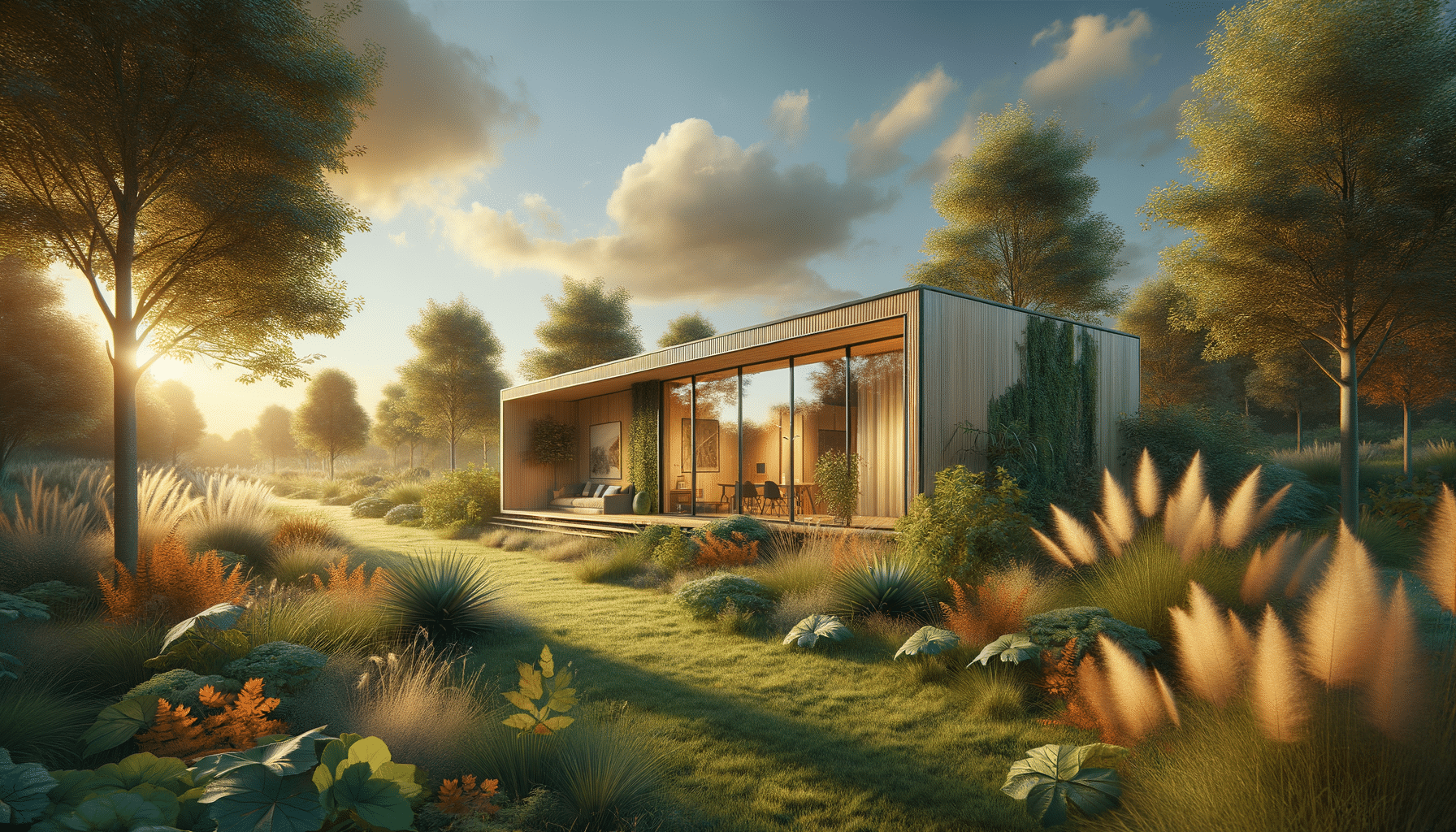
Exploring the World of Prefabricated Homes: An In-Depth Guide
Introduction to Prefabricated Homes
In recent years, prefabricated homes have become a significant player in the housing market, offering an innovative solution to many of the challenges faced by traditional construction methods. These homes are built using components manufactured off-site and then assembled on-site, providing a range of benefits that cater to modern needs and preferences. As housing costs soar and environmental concerns grow, prefabricated homes offer a promising alternative that is both cost-effective and eco-friendly.
The appeal of prefabricated homes lies in their ability to combine affordability with quality and design flexibility. They can be customized to suit individual tastes and requirements, providing a personalized living space without the lengthy construction timelines associated with conventional homes. Moreover, the controlled environment of a factory setting ensures precision and reduces waste, making prefabricated homes a sustainable choice for environmentally conscious consumers.
Benefits of Prefabricated Homes
Prefabricated homes offer a range of benefits that make them an attractive option for many potential homeowners. One of the most significant advantages is the reduction in construction time. Since much of the work is completed in a factory setting, the on-site assembly can be completed in a fraction of the time it takes to build a traditional home. This efficiency not only saves time but also reduces labor costs, making prefabricated homes a cost-effective solution.
Another key benefit is the enhanced quality control. Factory conditions allow for precise manufacturing processes, ensuring that each component meets strict quality standards. This results in a home that is not only durable but also energy-efficient, as the tight construction minimizes heat loss and improves insulation. Additionally, prefabricated homes are often designed with sustainability in mind, utilizing eco-friendly materials and technologies that reduce their environmental impact.
Furthermore, prefabricated homes offer design versatility. Homeowners can choose from a variety of layouts and finishes, allowing for a high degree of personalization. This flexibility is particularly appealing to those who wish to create a unique living space that reflects their personal style and preferences.
Design Versatility and Customization
One of the standout features of prefabricated homes is their design versatility. Unlike traditional homes, which can be limited by the constraints of on-site construction, prefabricated homes can be tailored to meet a wide range of aesthetic and functional needs. Homeowners can choose from an array of styles, from modern and minimalist to classic and rustic, ensuring that their home aligns with their personal tastes.
Customization options extend beyond mere aesthetics. Prefabricated homes can be adapted to accommodate specific lifestyle requirements, such as accessibility features for individuals with mobility challenges or energy-efficient systems for those seeking to minimize their carbon footprint. The modular nature of prefabricated construction allows for easy expansion or modification, providing homeowners with the flexibility to adapt their living space as their needs evolve.
Moreover, the use of advanced design software in the prefabrication process enables precise planning and visualization. Homeowners can see detailed renderings of their future home, making it easier to make informed decisions about layout, materials, and finishes. This level of customization ensures that each prefabricated home is as unique as its owner, offering a personalized living experience without the delays and costs associated with traditional custom builds.
Sustainability and Environmental Impact
As environmental concerns continue to rise, the sustainability of prefabricated homes has become a major selling point. The construction industry is a significant contributor to global carbon emissions, and prefabricated homes offer a more sustainable alternative by minimizing waste and reducing the carbon footprint of the building process.
One of the primary ways prefabricated homes achieve sustainability is through efficient use of materials. The factory-based manufacturing process allows for precise cutting and assembly, significantly reducing material waste. Additionally, many manufacturers of prefabricated homes prioritize the use of eco-friendly materials, such as recycled steel and sustainably sourced wood, further reducing their environmental impact.
Energy efficiency is another key aspect of the sustainability of prefabricated homes. The tight construction and high-quality insulation of these homes result in lower energy consumption for heating and cooling, leading to reduced utility bills and a smaller carbon footprint. Some prefabricated homes also incorporate renewable energy systems, such as solar panels, to further enhance their sustainability.
Overall, the environmental benefits of prefabricated homes make them an appealing choice for those looking to reduce their impact on the planet while still enjoying the comforts of a modern home.
The Future of Prefabricated Homes
Looking ahead, the future of prefabricated homes appears bright. As technology continues to advance, the capabilities and appeal of these homes are likely to expand even further. Innovations in materials, design, and construction techniques are expected to enhance the quality and efficiency of prefabricated homes, making them an increasingly competitive option in the housing market.
One area of potential growth is in the integration of smart home technologies. Prefabricated homes are well-suited to incorporate the latest in home automation, providing residents with enhanced control over their living environment. From energy management systems to security features, the possibilities for smart home integration are vast and exciting.
Furthermore, as the demand for affordable housing solutions grows, prefabricated homes are poised to play a crucial role in addressing this need. Their cost-effectiveness and rapid construction times make them an ideal solution for providing quality housing in areas with limited resources or high demand.
In conclusion, prefabricated homes offer a compelling combination of affordability, customization, and sustainability. As the industry continues to evolve, these homes are set to become an increasingly popular choice for those seeking a modern, efficient, and environmentally friendly living space.


